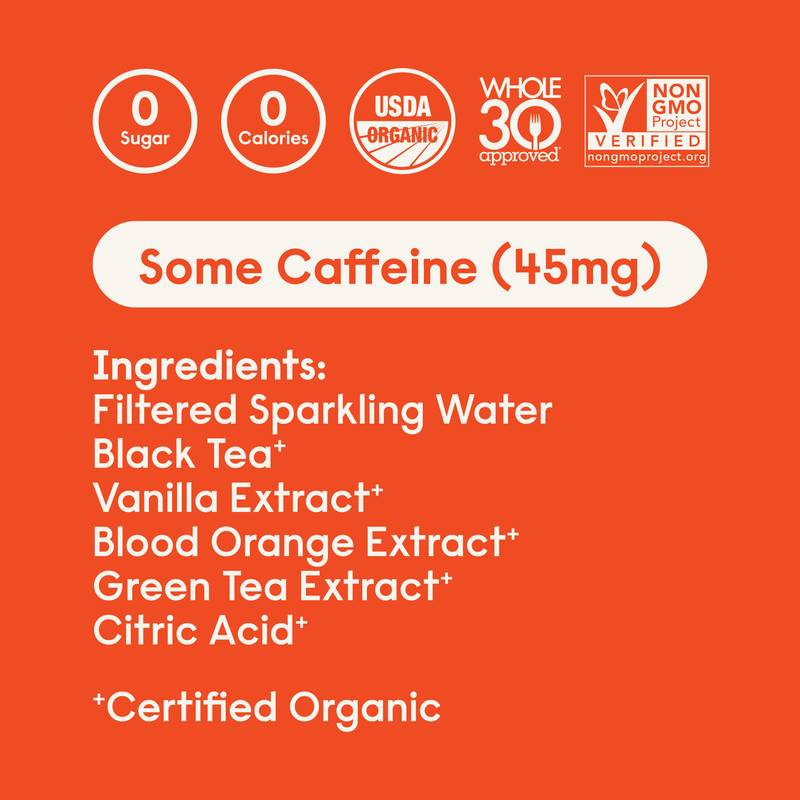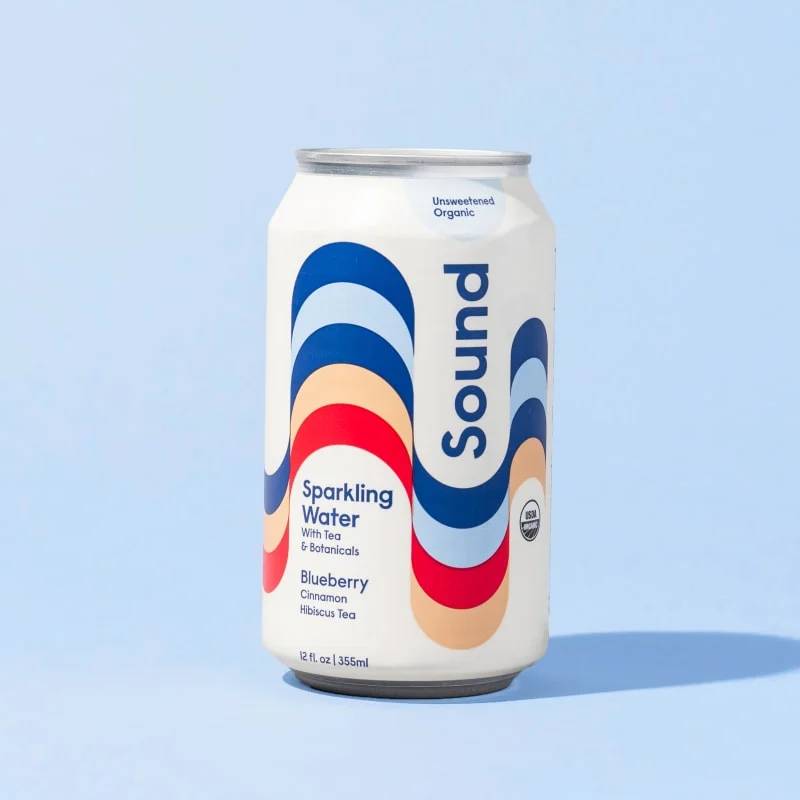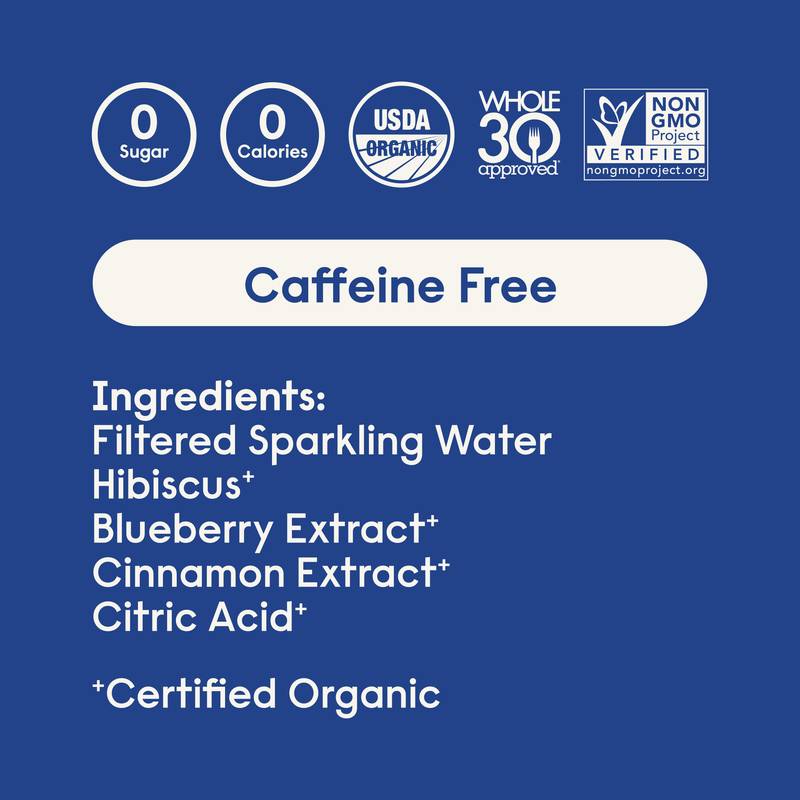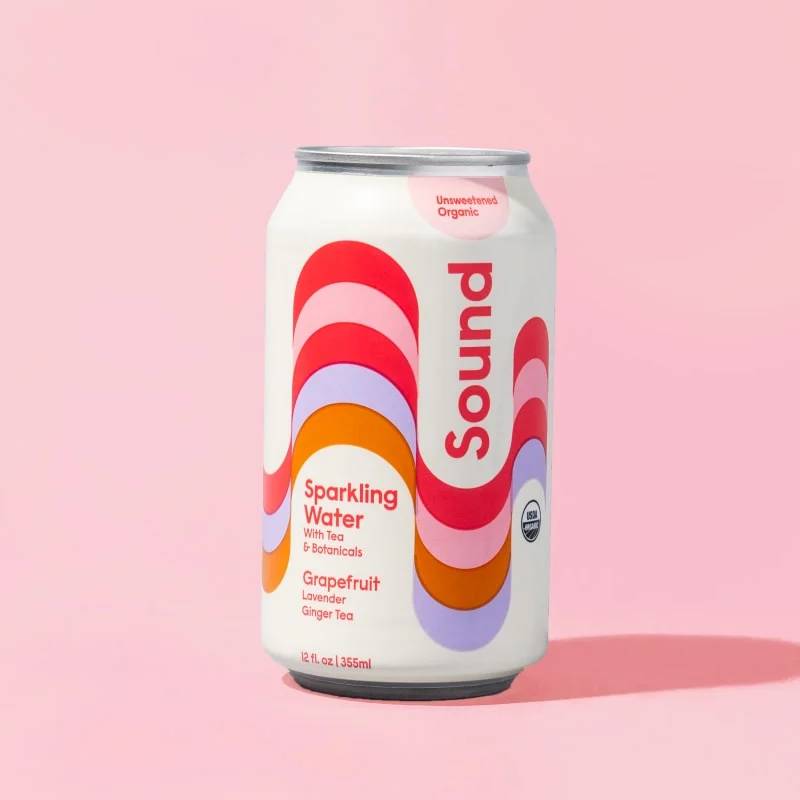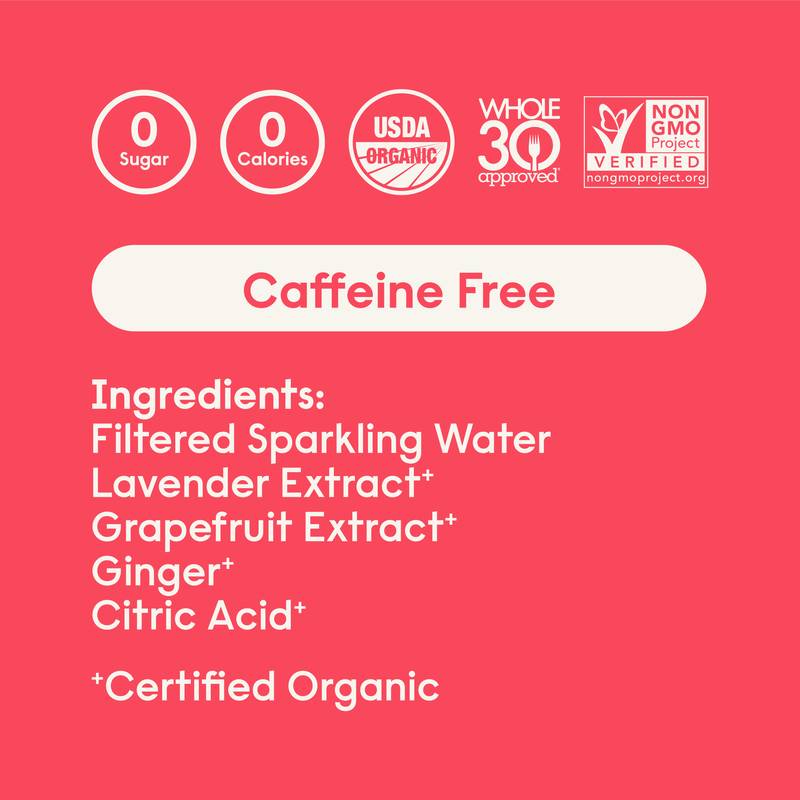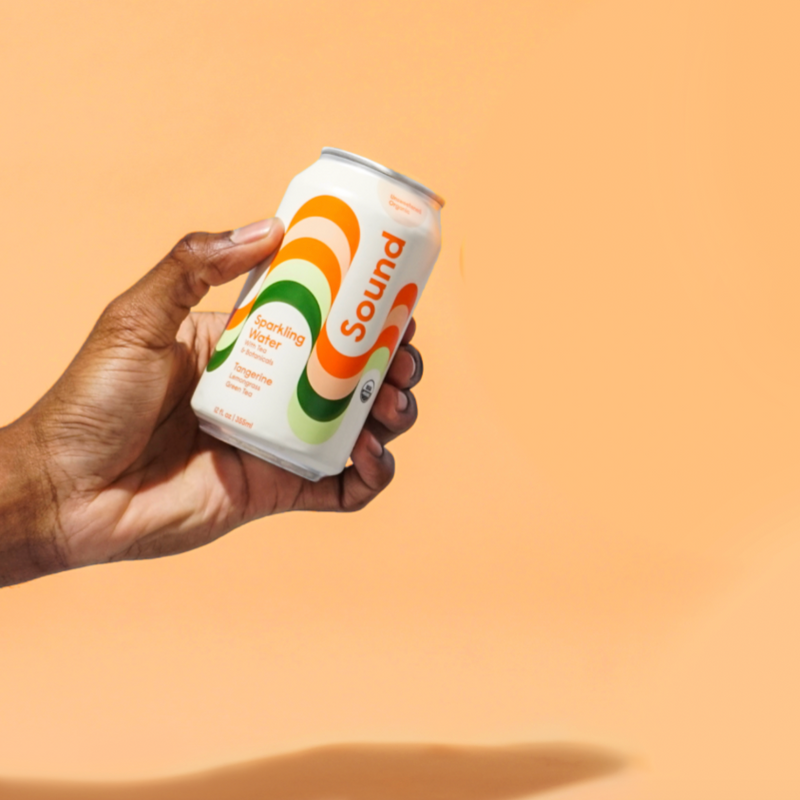What is intermittent fasting?
The definition of intermittent fasting (IF) can be tricky because not every research study defines it in the same way. Some define it as a designated period of time when you are allowed to eat & a period of time when you are not (aka fasting). In this version, IF may be defined as not eating for a 16 hour stretch (i.e., 6PM-10AM) and then eating over a 8 hour period (in this case, 10AM-6PM); this means eating 3 meals and maybe a snack, not constantly during that time (we know frequent snacking isn’t great for health either). This version of IF is called time-restricted feeding (TRF). Again, those eating & fasting windows can vary dependent on who you talk to and what study is being done, but probably the most common form is fasting over 16 hours and eating over 8 hours.
Other studies define intermittent fasting as involving calorie restriction. For example, there’s the 5:2 IF diet which intuitively, involves 2 days of very low caloric intake (~500-600 calories) and 5 days of eating a balanced diet (without caloric restriction) during a one week period.
For the purposes of this article, I will focus on the time-restricted feeding form as it’s simply most realistic and relatable, in my opinion!
Why do people do it?
Intermittent fasting has long been popular for its potential weight loss benefits. Now, over the past decade or so, IF has become a trendy topic for its advantages when it comes to longevity. It also has the potential to improve blood sugar and insulin levels, as well as cholesterol & blood pressure. Although most studies have been done on animals, more and more are starting to look at humans.
Does it matter when I eat & when I fast?
Research shows that if you are interested in doing time-restricted feeding, some of the biggest benefits come from syncing eating with your circadian rhythm, a form called circadian rhythm fasting. In other words, eat when it’s light out and don’t when it’s dark. Not only does our body metabolize and utilize nutrients better during this time, but even the bacteria in our gut thrive in this eating window. Because keeping those healthy bacteria alive and well is key for not only digestive but also immune health, this is an important perk; this method also allows the healthy bacteria to better synthesize certain nutrients (i.e., folate, biotin and vitamin K), meaning that we gain more from the good food we’re eating. The greatest benefit has consistently been found when eating earlier in the day (i.e., 8AM-5PM, or 10AM-6PM), as opposed to ending your last meal at 8 or 9PM (remember, wine, other caloric beverages and snacks count as eating!).
Let’s get nerdy and dig into a study.
A 2018 study tested time-restricted feeding in a group of men with pre-diabetes. The study required that participants eat over a 6-hour period and fast for 18 hours overnight. The researchers chose a “feeding period” in the middle of the day because, when reviewing other research, they found that the feeding window within other studies really impacted results. Studies who allowed participants to eat during the middle of the day found positive results including improved insulin resistance, cholesterol levels and inflammation. However, other studies that restricted intake to later in the day or evening led to results that either found no benefit of TRF or a worsening in blood sugar levels, blood pressure and cholesterol.
In this study, participants were required to follow TRF guidelines for five weeks. It required that they eat over a six hour period, with the last eating occasion before before 3PM.* Study results show that participants experienced improvements in insulin sensitivity, meaning insulin resistance (pre-diabetes) improved with the time-restricted fasting. Participants also saw improvement in their blood pressure and reported feeling more satiety (& less hunger) in the evening. Despite the fact that participants were finished eating earlier in the day, they did not experience any increase in hunger in the evening or even the next morning. It is likely that this would contribute to positive, long-term weight loss and maintenance.
Time and time again, intermittent fasting has been found to benefit insulin sensitivity, lower blood pressure, improve cholesterol levels and reduce inflammation. Many of these benefits are likely associated with the weight loss that occurs when doing IF.
*This study was a randomized, crossover trial which is the gold standard for research studies.
Does it work for everyone?**
It’s important to note that in human studies, men and post-menopausal women are usually the populations being evaluated. Studies are not regularly done on pregnant or breastfeeding women, and less so involving women of child-bearing age. So, it’s key not to take results from general IF studies and apply them to everyone.
For women who are trying to get pregnant, IF can get tricky. A 12-14 hour fast (ie 8PM-8AM, or 6PM-8AM) for most is probably fine, but going beyond that could be disadvantageous to hormones. Hormone balance is key for a successful pregnancy. Then, during pregnancy, it is many experts’ opinions to not practice a more than 12 hour (or so) fast. Your nutrient needs go up, which may be hard to meet during an 8 hour eating window, as noted by Registered Dietitian Lily Nichols. Plus, you don’t want your babe to feel stress of not receiving nutrition.
When is it contraindicated?
There are a few situations in which intermittent fasting is contraindicated, unless OK’d and under close supervision by your doctor:
· History of eating disorder
· History of adrenal fatigue
· Diabetes, particularly when on medications for diabetes
· Pregnant or breastfeeding. If you’re thinking of becoming pregnant, see above for details and speak with your healthcare provider.
*This is general information based on research available. Before making a notable change such as incorporating intermittent fasting into your life, we recommend speaking with your healthcare provider, whether that is your healthcare provider.

